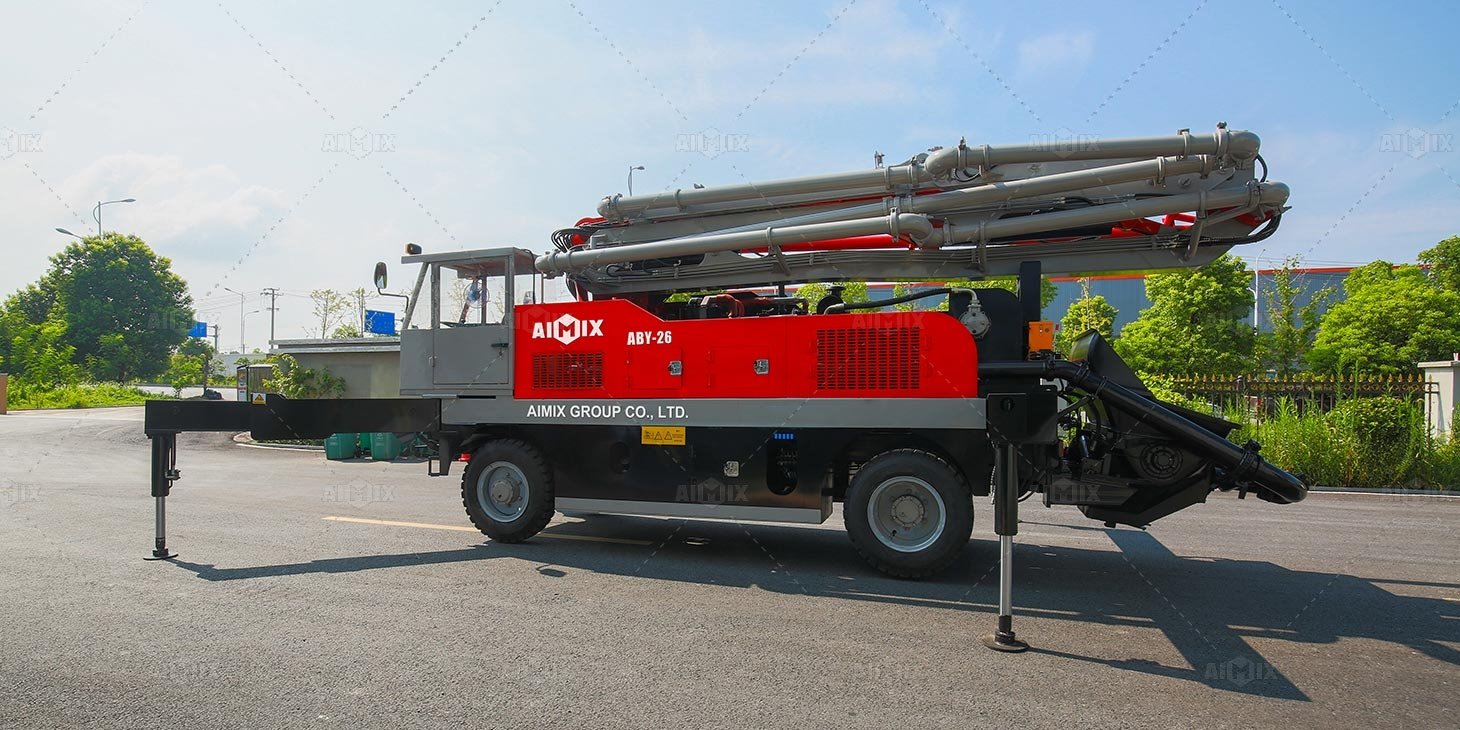Concrete pumping is an intricate process requiring precision, vigilance, and adherence to safety protocols. The machinery’s power, while indispensable for efficient construction, demands respect to prevent hazards. Establishing a solid safety framework is not merely a recommendation—it is an imperative.
Preparing the Groundwork for Safe Operations
Before any concrete pumping operation begins, a meticulous inspection of the equipment is paramount. Every hose, coupling, and boom segment must be examined for signs of wear or damage that could lead to malfunctions. Hydraulic systems require special attention; check for leaks and ensure smooth operation. Safety devices, such as emergency shut-off valves, must be tested for reliability. These steps not only avert accidents but also enhance the equipment's performance.
Positioning the concrete pump is another critical step. The stationary concrete pump must be placed on stable, level ground, free from the risk of subsidence. Outriggers should be deployed and double-checked to ensure the machine’s stability, especially under the high pressure exerted during operation. The work zone should be clearly delineated to restrict access, keeping non-essential personnel at a safe distance from high-risk areas.
Key Practices for Safe and Efficient Pumping
Communication is the lifeline of a safe construction site. Establishing clear, unambiguous signals—whether through hand gestures or radio communication—is essential. This ensures seamless coordination among operators, hose handlers, and ground personnel. Miscommunication can lead to misplaced pours, equipment mishandling, or worse, injuries.
Handling the hoses and booms requires both care and skill. Operators should avoid sharp or abrupt movements that could create dangerous splatter or cause uneven flow. Hoses should never be allowed to kink, as this increases internal pressure and the risk of rupture. Boom operators must remain acutely aware of their surroundings, especially overhead powerlines or other obstructions, to prevent catastrophic accidents. Learn more useful content here: https://aimixconcretesolution.com/.
Post-Operation Protocols and Hazard Prevention
Once the pumping operation is complete, the focus shifts to preventing future hazards. Regularly monitoring the concrete mix’s consistency during operations reduces the likelihood of blockages. In the event of a blockage, it is critical to release the system's pressure entirely before attempting any manual intervention. Sudden releases of pent-up pressure can cause severe injuries from hose whip or equipment bursts.
Cleaning and storing the equipment is the final step in ensuring safety and prolonging the machinery’s lifespan. Residual concrete left in the system can harden, leading to operational inefficiencies and costly repairs. A thorough flush using water or a specialized cleaning agent is imperative. After cleaning, all components should be inspected again to identify potential issues that may have arisen during concrete pump operation. Properly securing the equipment ensures it remains in optimal condition for its next use.
By adhering to these expert recommendations, construction teams can not only achieve smooth and efficient concrete pumping but also uphold the highest standards of safety. The rewards are manifold: safer workplaces, prolonged equipment durability, and a reputation for operational excellence.
